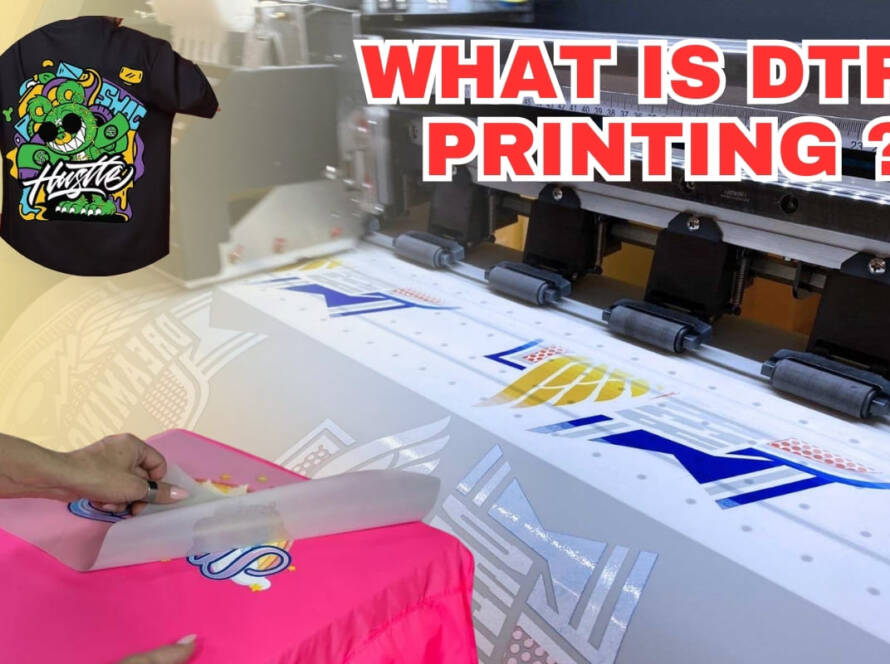Vinyl printing is a versatile heat transfer printing technique used to create designs on various surfaces, particularly fabrics, such as t-shirts, hoodies, and other apparels. The process involves cutting designs using plotter from colored vinyl sheets and then heat pressing them onto the desired surface. Here are the key steps and components involved in vinyl printing:
Steps in Vinyl Printing:
-
Design Creation:
- The design is created using graphic design software (e.g., Adobe Illustrator, CorelDRAW, or similar).
- The design is then mirrored (flipped horizontally) to ensure it prints correctly.
-
Vinyl Cutting:
- A vinyl cutter or plotter is used to cut the design from a sheet of vinyl.
- The cutter precisely follows the design, cutting only through the vinyl layer and not the backing paper.
-
Weeding:
- Excess vinyl that is not part of the design is removed in a process known as weeding.
- This step is crucial for ensuring clean and precise designs.
-
Heat Pressing:
- The weeded vinyl design is placed on the desired surface (e.g., a t-shirt).
- A heat press machine is used to apply heat and pressure, which causes the vinyl to adhere permanently to the fabric.
- The temperature, pressure, and pressing time can vary depending on the type of vinyl and the material of the surface. (i.e 160c temperature for 15 seconds).
Types of Vinyl Used:
- Regular Vinyl: Used for solid color designs.
- Heat Transfer Vinyl (HTV): Specifically designed for fabric applications. It comes with an adhesive backing that activates under heat.
- Specialty Vinyl: Includes glitter, metallic, reflective, glow in the dark, puff vinyl, sublimation vinyl and flocked vinyl, which provide different textures and effects.
Applications:
- Custom Apparel: T-shirts, hoodies, sports uniforms, and other clothing items.
- Promotional Products: Bags, caps, and other merchandise.
Advantages of Vinyl Printing:
- Durability: Vinyl prints are known for their longevity and resistance to fading.
- Versatility: Suitable for a wide range of materials and applications.
- Quality: Provides sharp and vibrant designs with a professional finish.
- Customization: Ideal for small runs and custom orders.
Considerations:
- Detail Level: Fine details can be challenging to cut and weed.
- Fabric Compatibility: Works best on fabrics that can withstand the heat and pressure of the press.
- Layering: Multiple colors require careful layering, which can increase production time.
Vinyl printing is popular for creating custom, durable, and high-quality designs, making it a preferred choice for many small businesses and DIY enthusiasts.









